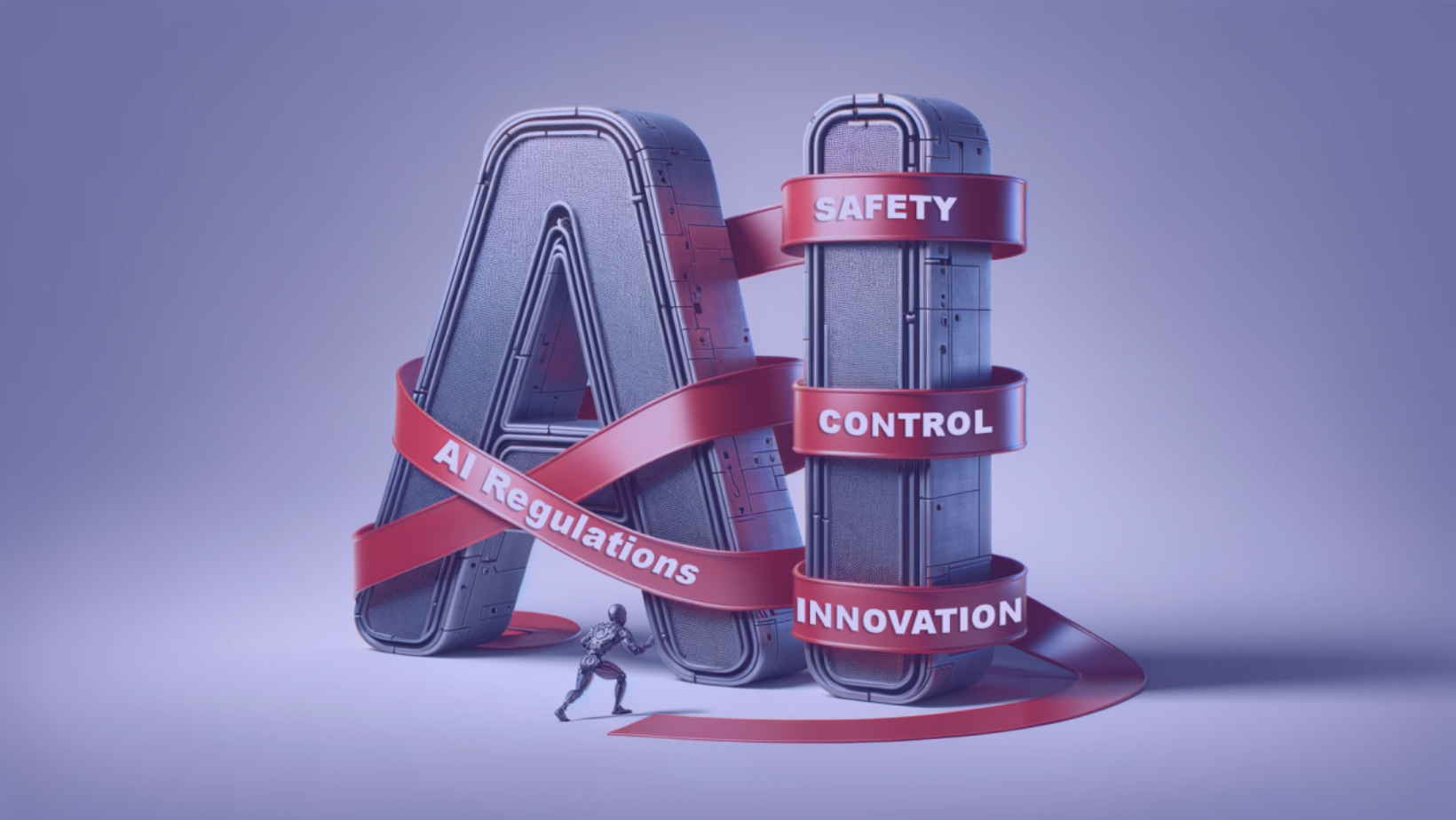As artificial intelligence (AI) technology advances, it brings forth not only a myriad of benefits but also significant risks, particularly through the use of AI deepfake technologies. These technologies enable malicious actors to create hyper-realistic fake audio and video content, posing serious threats to individuals, institutions, and enterprises. While legislation is a critical tool in the fight against these abuses, relying solely on regulatory measures is insufficient. The rapid pace of AI innovation demands a more dynamic and technologically adaptive approach.
The Challenges of Legislative Responses
Legislation tends to be a slow-moving mechanism that often lags behind technological advancements. By the time laws are debated, passed, and enacted, the technology landscape may have already evolved, rendering new regulations outdated or ineffective. This delay gives malicious actors a significant window to exploit the latest technologies before any legal deterrents or barriers are put in place.
Moreover, legislation is inherently limited by jurisdictional boundaries. Deepfake technology, like all digital technologies, operates on a global scale. Malicious content created in one country can affect individuals and organizations worldwide, complicating international legal responses and enforcement. Additionally, the very nature of deepfakes, which can be used to create content that is disturbingly convincing, poses unique challenges for legal systems to effectively attribute and prosecute without infringing on rights such as freedom of speech and privacy.
The Necessity of Investing in Counter Technologies
The most effective way to combat the threats posed by deepfake technology is by investing in AI counter-technologies. These are tools and systems designed to detect, analyze, and respond to deepfake content in real-time. Such technologies leverage machine learning algorithms to identify inconsistencies or anomalies in video or audio files that may not be perceptible to the human eye or ear.
Investing in these technologies ensures that defenses can evolve as quickly as the methods used by attackers, providing a dynamic and adaptive shield against this form of cyber threat. Counter-AI tools can continuously learn from new deepfake techniques, improving their detection capabilities over time. By implementing these systems, institutions and enterprises can protect themselves from the reputational damage, financial loss, and security risks associated with deepfakes.
Collaborative Efforts Enhance Effectiveness
The battle against malicious deepfake activities cannot be won by lone actors. It requires a coordinated effort that combines legislative support with technological innovation. Public-private partnerships are crucial, allowing for the sharing of knowledge, techniques, and strategies. Governments can support research and development efforts in the private sector while also benefiting from private sector innovations to enforce laws and protect public interests.
Moreover, international cooperation is essential to address the cross-border nature of digital threats. By working together, countries can set global standards and share best practices, enhancing the effectiveness of both regulatory and technological responses.
AI Legislation With Technological Innovation
In conclusion, while legislation plays a vital role in setting norms and creating deterrents, it is not sufficient on its own to counter the fast-evolving risks posed by deepfake AI. To stay ahead of malicious actors, continuous investment in and development of AI counter-technologies are necessary. These efforts must be part of a broader, collaborative strategy that integrates legal, technological, and international components, ensuring a comprehensive defense against one of the most insidious cyber threats of our time.



